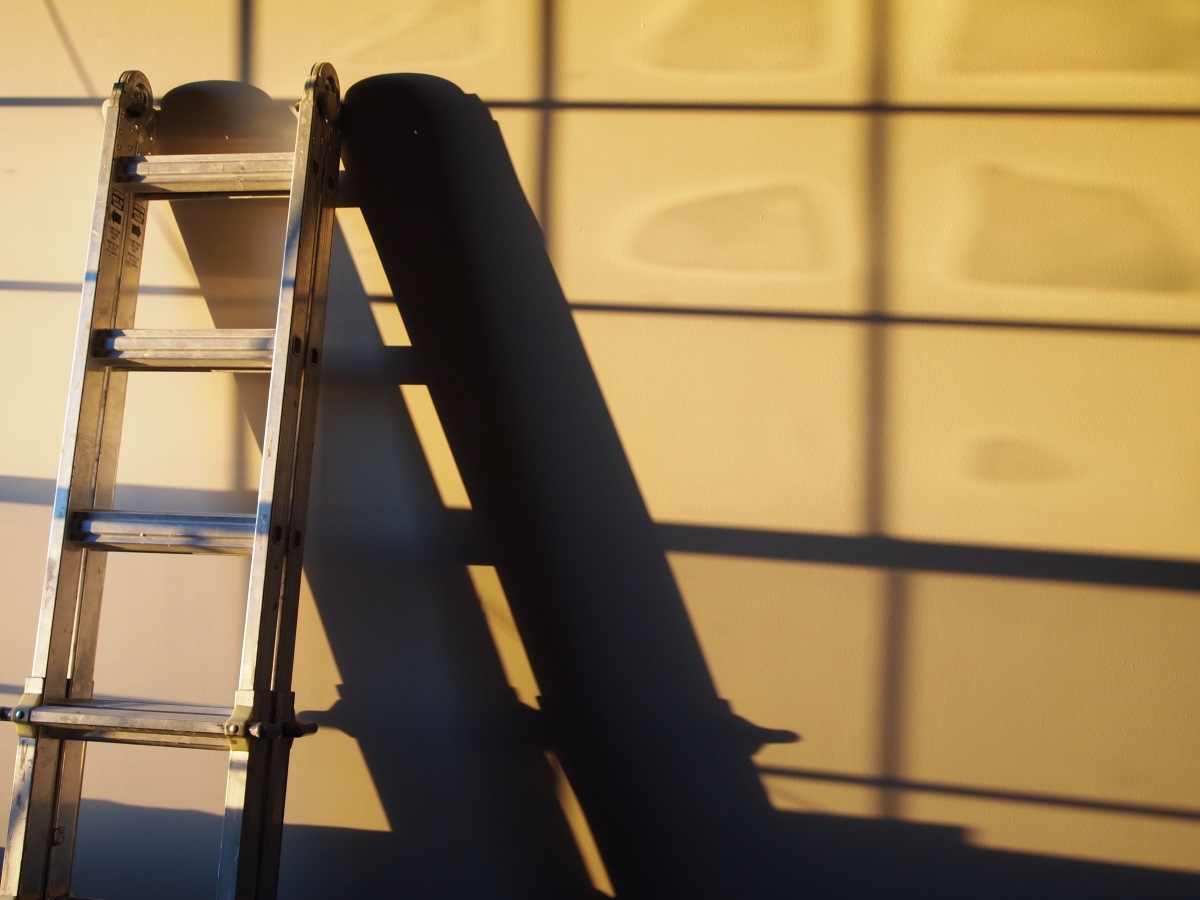

Articles
What Angle Should A Ladder Be At
Modified: October 31, 2024
Discover the optimal angle for ladder placement and safety. Read our informative articles on ladder angles and tips for safe ladder use.
(Many of the links in this article redirect to a specific reviewed product. Your purchase of these products through affiliate links helps to generate commission for Storables.com, at no extra cost. Learn more)
Introduction
A ladder is a common tool that is used in various tasks, both at home and in professional settings. Whether you are cleaning gutters, painting a wall, or reaching for something on a high shelf, using a ladder is often necessary. However, it is crucial to ensure that the ladder is set up correctly to maintain safety and stability.
One of the key factors in setting up a ladder safely is determining the proper angle at which to place it. While it may seem like a trivial aspect, the angle at which a ladder is positioned can have a significant impact on its stability and your safety while using it.
In this article, we will explore the importance of finding the right ladder angle and highlight the factors to consider when determining the correct placement. We will also discuss the optimum angle for ladder positioning and provide methods for accurately measuring and setting the angle. Lastly, we will offer some practical tips for safe ladder use to ensure your well-being when working at heights.
So, whether you are a DIY enthusiast or a professional tradesperson, read on to discover the importance of getting the ladder angle right and how to do it properly.
Key Takeaways:
- Proper ladder angle is crucial for stability, weight distribution, reach, precision, and reduced strain. Consider ladder type, material, ground surface, climb height, task, and personal comfort for safe and stable placement.
- Aim for a 75-degree ladder angle, but adjust as needed. Use the buddy system, 4 to 1 rule, pitch gauges, angle finders, or manufacturer’s guides to determine the correct angle. Prioritize safety with the right ladder, inspections, level ground, and proper body mechanics.
Importance of Proper Ladder Angle
Setting up a ladder at the correct angle is crucial for several reasons:
- Stability: The stability of a ladder depends on its angle of inclination. If the ladder is set at an incorrect angle, it may become wobbly or even topple over while you are climbing or working on it. A proper ladder angle ensures stability, reducing the risk of accidents and falls.
- Weight Distribution: When a ladder is set at the correct angle, the weight of the person climbing it is distributed evenly between the base and the top. This distribution of weight minimizes the chances of the ladder sliding or falling backwards.
- Optimal Reach: Placing the ladder at the right angle allows you to achieve the maximum reach without compromising stability. If the ladder is too steep, you may not be able to climb or reach comfortably. Conversely, if the ladder is too shallow, you might not be able to reach your intended target without overstretching.
- Precision and Control: Having the ladder set at the proper angle gives you better control over your movements. It allows you to maintain balance, work with precision, and have a greater range of motion while climbing and performing tasks at elevated heights.
- Reduced Strain: Climbing a ladder that is at the correct angle minimizes the strain on your muscles and joints. It ensures that you are not exerting excessive effort or putting unnecessary stress on your body during the climb or while working at heights. This can help prevent fatigue and reduce the risk of injuries.
Remember, the importance of setting the ladder at the proper angle cannot be overstated. By doing so, you enhance safety, maintain stability, and improve your overall experience while using a ladder.
Factors to Consider
Several factors should be taken into account when determining the correct angle for ladder placement:
- Ladder Type: Different types of ladders, such as extension ladders, step ladders, and platform ladders, may have specific guidelines for the angle at which they should be set up. It is important to refer to the manufacturer’s instructions or guidelines specific to the ladder you are using.
- Ladder Material and Condition: The material of the ladder can affect its stability. Aluminum or fiberglass ladders are commonly used due to their strength and durability. Additionally, ensure that the ladder is free from any defects or damages that could compromise its integrity.
- Ground Surface: The surface on which the ladder will be placed plays a crucial role in determining the angle. Ensure that the ground is level and firm to provide a stable base for the ladder. Avoid placing the ladder on uneven or slippery surfaces that could lead to instability.
- Height of the Climb: Consider the height you need to climb and the required reach. As a general rule, for every four feet of ladder height, the base of the ladder should be positioned one foot away from the vertical surface it is against.
- Task at Hand: The type of task or job you will be performing will also influence the ladder angle. For example, if you will be working with both hands on the ladder or carrying tools and materials, a slightly steeper angle may be more suitable for stability and comfort.
- Personal Comfort: Your personal comfort and confidence while climbing the ladder should also be considered. If you feel uneasy at a certain angle, adjust it to find a position that you feel secure and stable in.
By taking these factors into consideration, you can determine the ideal angle for your ladder placement and ensure a safe and stable environment when working at heights.
Optimum Angle for Ladder Placement
While the specific optimum angle may vary depending on the ladder type and manufacturer guidelines, a common guideline is to aim for a ladder angle of about 75 degrees. This angle provides a good balance between stability and reach.
Here are some key points to consider for optimum ladder placement:
- 75-Degree Rule: Following the 75-degree rule means that for every four units of vertical height, the base of the ladder should be placed one unit away from the vertical surface. This ratio helps to maintain stability and ensures that the ladder doesn’t become too steep or shallow.
- Safe Working Range: For safety purposes, it is generally recommended not to climb higher than the fourth rung from the top of the ladder. Keeping within this range helps to maintain stability and balance while preventing accidents or falls.
- Trial and Adjustment: Sometimes, the recommended 75-degree angle may not feel comfortable or safe for your specific situation. It is important to test the ladder’s stability before climbing. If necessary, make adjustments to find the optimum angle that provides both stability and comfort for your task.
Remember, the optimum angle may differ depending on the specific ladder type and task at hand. Always refer to the manufacturer’s instructions or guidelines to ensure that you are setting up the ladder at the appropriate angle for maximum safety and stability.
The ideal angle for a ladder is about 75 degrees. To check, stand at the base of the ladder with your toes touching the feet and extend your arms straight out. Your palms should be able to touch the ladder rung at shoulder height.
Methods for Determining the Correct Angle
There are various methods you can use to determine the correct angle for ladder placement:
- Buddy System: One simple method is to have someone hold the ladder while you position it. Begin with the base of the ladder against the surface and extend your arms straight out. Your palms should rest on the rungs of the ladder. Adjust the ladder angle until your palms comfortably reach the rungs while keeping your arms extended.
- 4 to 1 Rule: As mentioned earlier, the 4 to 1 rule is a widely used approach. Measure the vertical height you need to climb and position the base of the ladder one-fourth of that distance away from the vertical surface it will lean against. This method provides a good starting point for the ladder angle.
- Using a Pitch Gauge: A pitch gauge is a handy tool specifically designed for measuring ladder angles. Place the gauge against the vertical surface, and adjust the ladder until the gauge indicates the desired angle. This ensures precision and accuracy in determining the ladder’s angle of inclination.
- Utilizing an Angle Finder: An angle finder is a versatile tool that can be used for various measurements, including ladder angles. Place the angle finder on the ladder’s rungs or side rails, adjust the ladder angle until the level bubble is centered, and you will have achieved the correct angle.
- Reference Guides: Some ladder manufacturers provide reference guides or stickers on their ladders that indicate the optimum angle for placement. These guides serve as a visual aid to help you position the ladder at the correct angle effortlessly.
Whichever method you choose, remember to always double-check the stability and comfort of the ladder before climbing. Adjust the angle if needed to ensure a safe and secure setup.
By utilizing these methods, you can accurately determine the correct angle for ladder placement, promoting stability and reducing the risk of accidents.
Read more: What Is Internal Infill Angle
Tips for Safe Ladder Use
Using a ladder safely is essential to prevent accidents and injuries. Here are some valuable tips to keep in mind when working with ladders:
- Select the Right Ladder: Ensure that you are using the appropriate ladder for the task at hand. Consider the height, weight capacity, and ladder type necessary for the job. Using the wrong ladder can compromise your safety.
- Inspect the Ladder: Before each use, thoroughly inspect the ladder for any visible defects, such as cracks, loose or missing rungs, or damaged parts. Do not use a ladder that appears to be damaged. Report any defects and have the ladder repaired or replaced.
- Set Up on Level Ground: Always place the ladder on a firm and level surface. Avoid using ladders on unstable or slippery surfaces. Use leveling devices, such as ladder levelers or a sturdy base, to ensure stability.
- Secure the Top: If possible, secure the top of the ladder to a stable support. This prevents the ladder from sliding or falling backward while you are working on it.
- Maintain Three-Point Contact: When climbing or descending the ladder, always maintain three-point contact with either two hands and one foot or two feet and one hand on the ladder. This helps to ensure stability and balance.
- Avoid Overreaching: Do not lean too far to the side while on the ladder. Overreaching can cause the ladder to become unbalanced and potentially tip over. Instead, reposition the ladder closer to your work area.
- Use Proper Body Mechanics: Lift and move objects using proper lifting techniques to avoid strain or injury. Keep your body centered on the ladder and use your legs to support your weight.
- Clear the Area: Remove any obstacles or clutter around the ladder’s base and working area to prevent tripping hazards or interference while climbing or working.
- Work in Suitable Weather Conditions: Avoid using ladders during inclement weather, strong winds, or rain. Slippery conditions can compromise ladder stability and increase the risk of accidents.
- Don’t Overload: Ladders have weight limits specified by their manufacturers. Avoid exceeding these limits and refrain from carrying heavy tools or equipment while climbing the ladder.
- Communicate and Use a Spotter: If possible, have someone nearby to assist or monitor your ladder work. Clear communication and having a spotter can enhance safety and provide an extra layer of protection.
Always prioritize your safety when using a ladder. Following these tips will help minimize the risk of accidents and promote a safe working environment.
Conclusion
Setting up a ladder at the correct angle is crucial for ensuring safety and stability while working at heights. Being aware of the importance of ladder angle and following proper placement guidelines can significantly reduce the risk of accidents and injuries. Remember these key takeaways:
First, consider the specific factors that play a role in determining the correct ladder angle, such as ladder type, material, ground surface, height of the climb, task at hand, and personal comfort. Taking these factors into account will help you assess the ideal angle for your ladder placement.
While the recommended guideline for ladder angle is typically around 75 degrees, it may vary depending on the ladder type and the manufacturer’s instructions. Ensure that you refer to the specific guidelines provided by the ladder manufacturer for accurate placement.
There are various methods available to determine the correct ladder angle, including the buddy system, the 4 to 1 rule, using pitch gauges or angle finders, and referencing manufacturer’s guides. Choose a method that works best for you and ensures the ladder is set up at the desired angle.
To ensure safe ladder use, always select the appropriate ladder for the task, conduct regular inspections, set up the ladder on level ground, secure the top if possible, and maintain three-point contact while climbing. Additionally, practice proper body mechanics, clear the area around the ladder, and work in favorable weather conditions.
By following these tips and guidelines, you can work confidently and safely at heights, reducing the risk of accidents and increasing overall efficiency and productivity.
Remember, prioritizing safety is paramount when working with ladders. Do not take shortcuts or compromise on proper ladder placement. By being mindful of ladder angle and implementing safe practices, you can ensure a secure and successful experience when using ladders in various settings.
Frequently Asked Questions about What Angle Should A Ladder Be At
Was this page helpful?
At Storables.com, we guarantee accurate and reliable information. Our content, validated by Expert Board Contributors, is crafted following stringent Editorial Policies. We're committed to providing you with well-researched, expert-backed insights for all your informational needs.
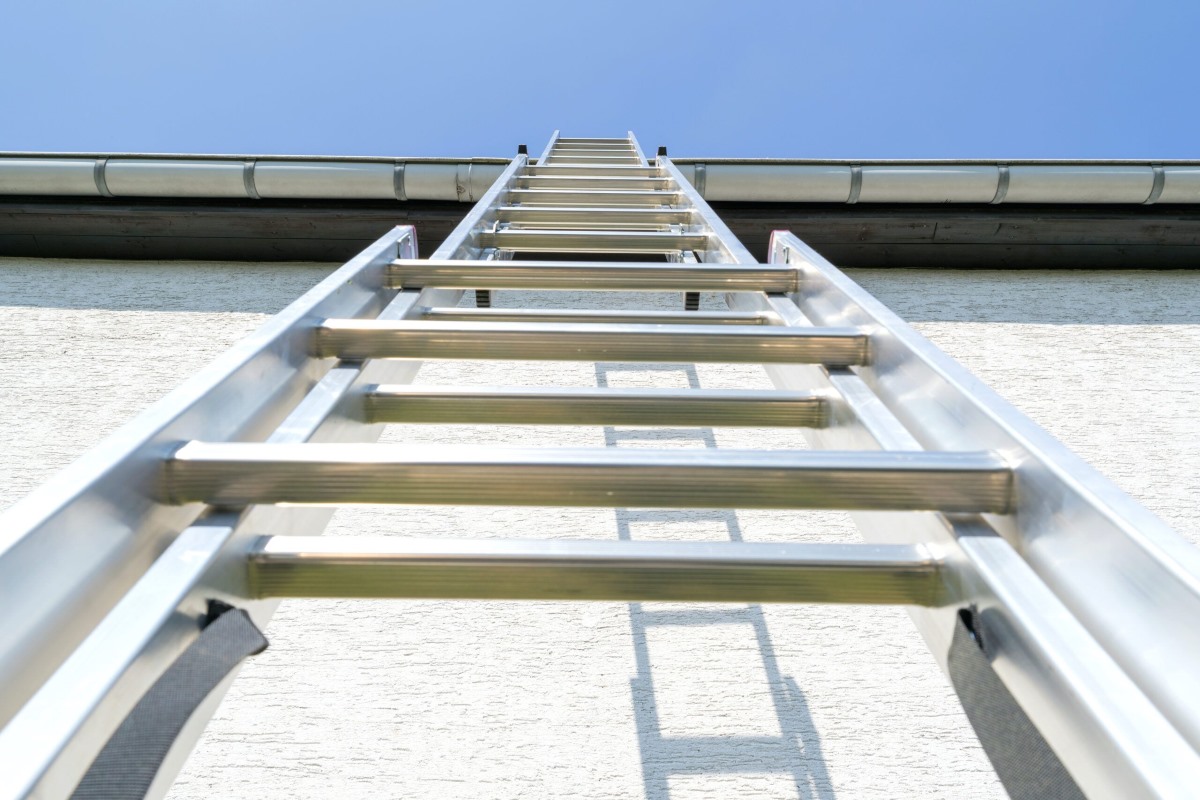
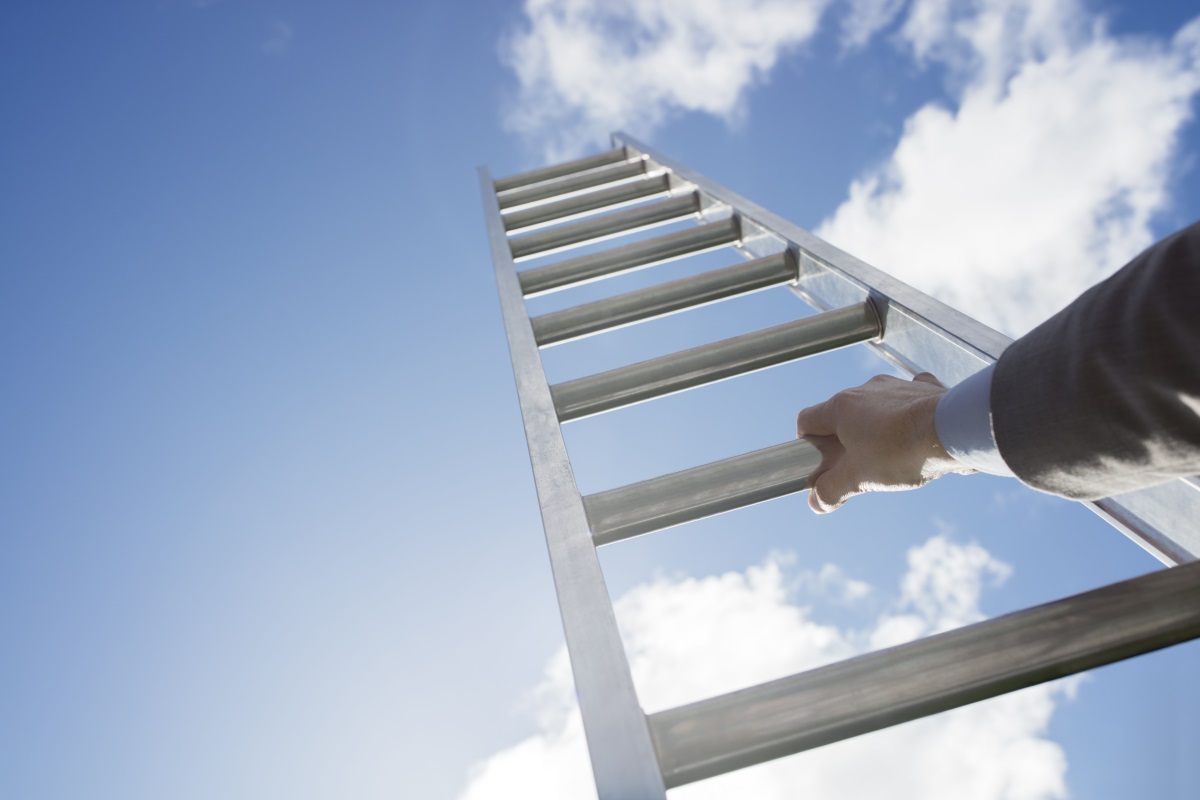
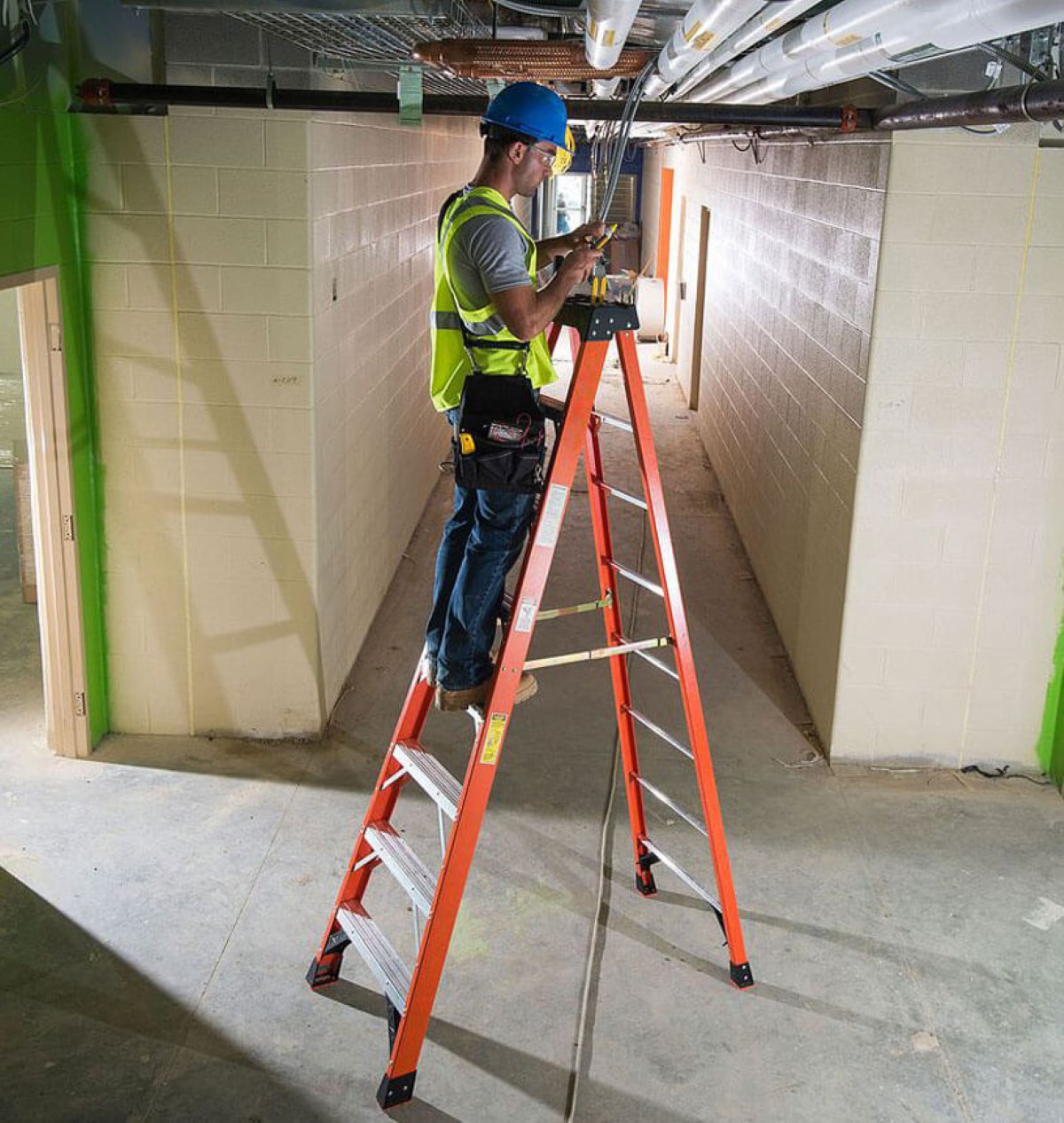

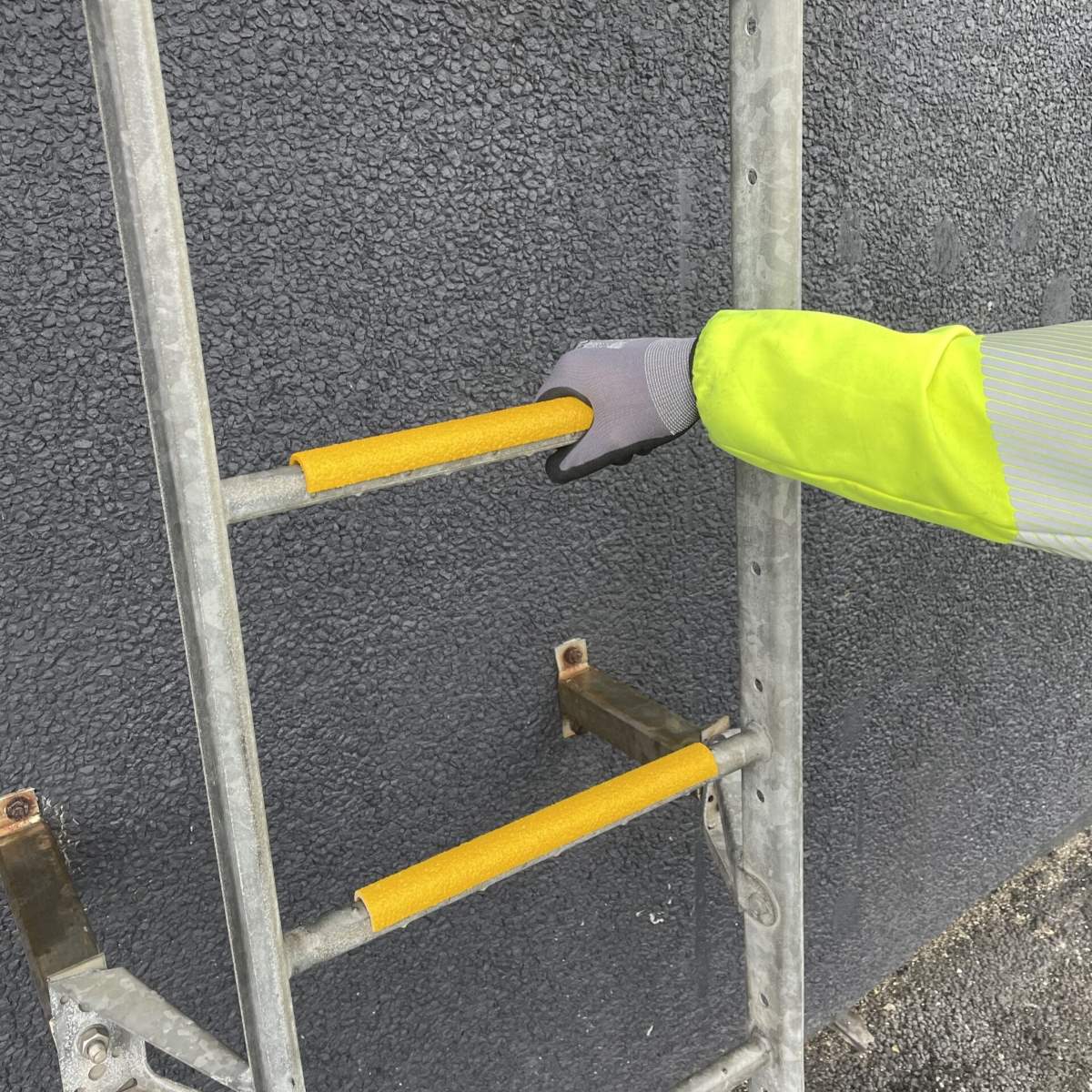
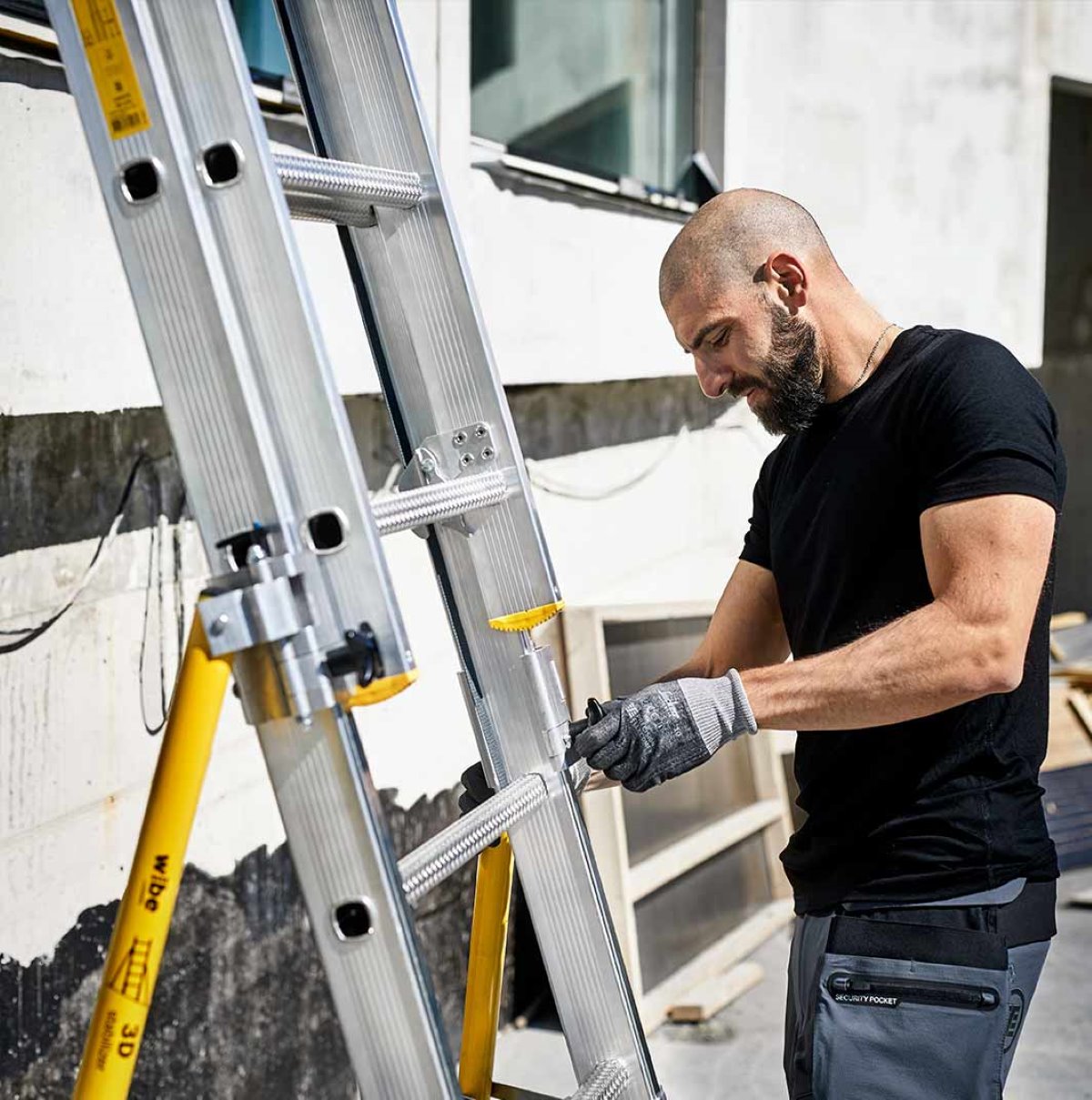
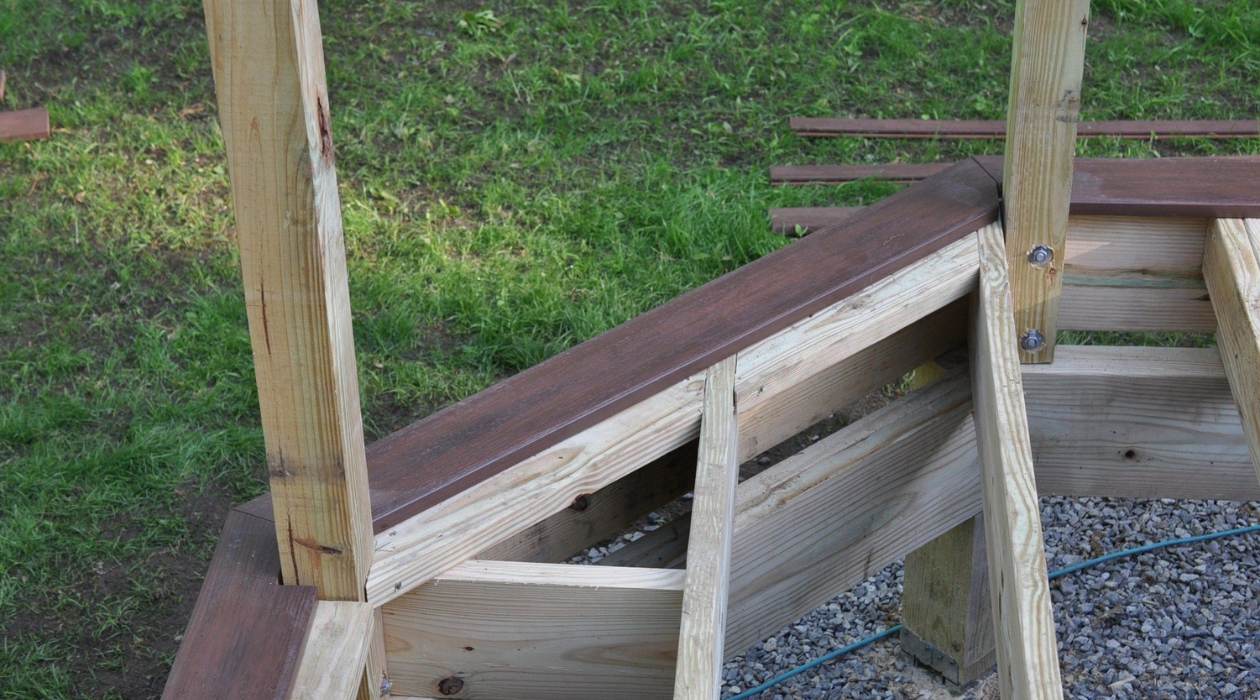
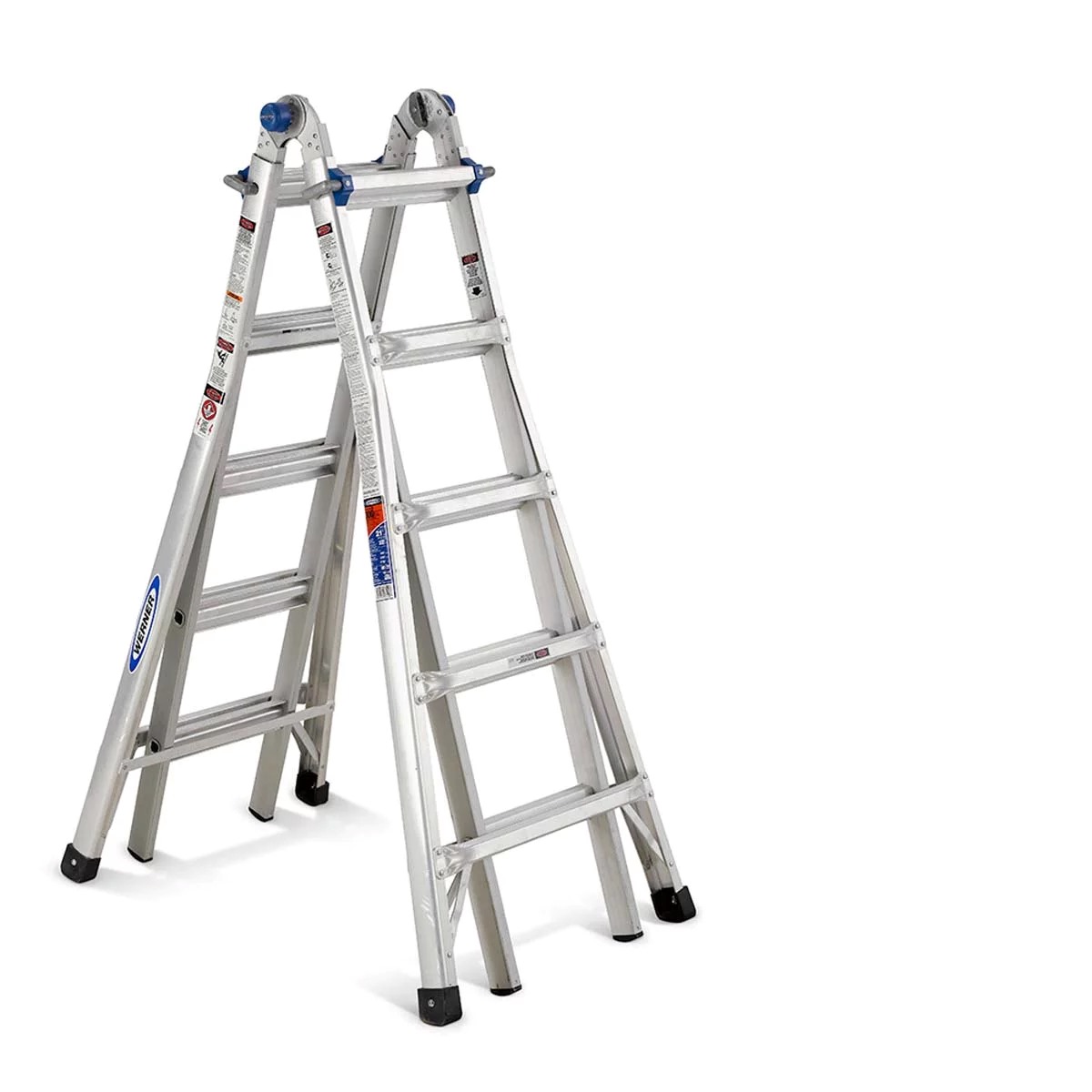

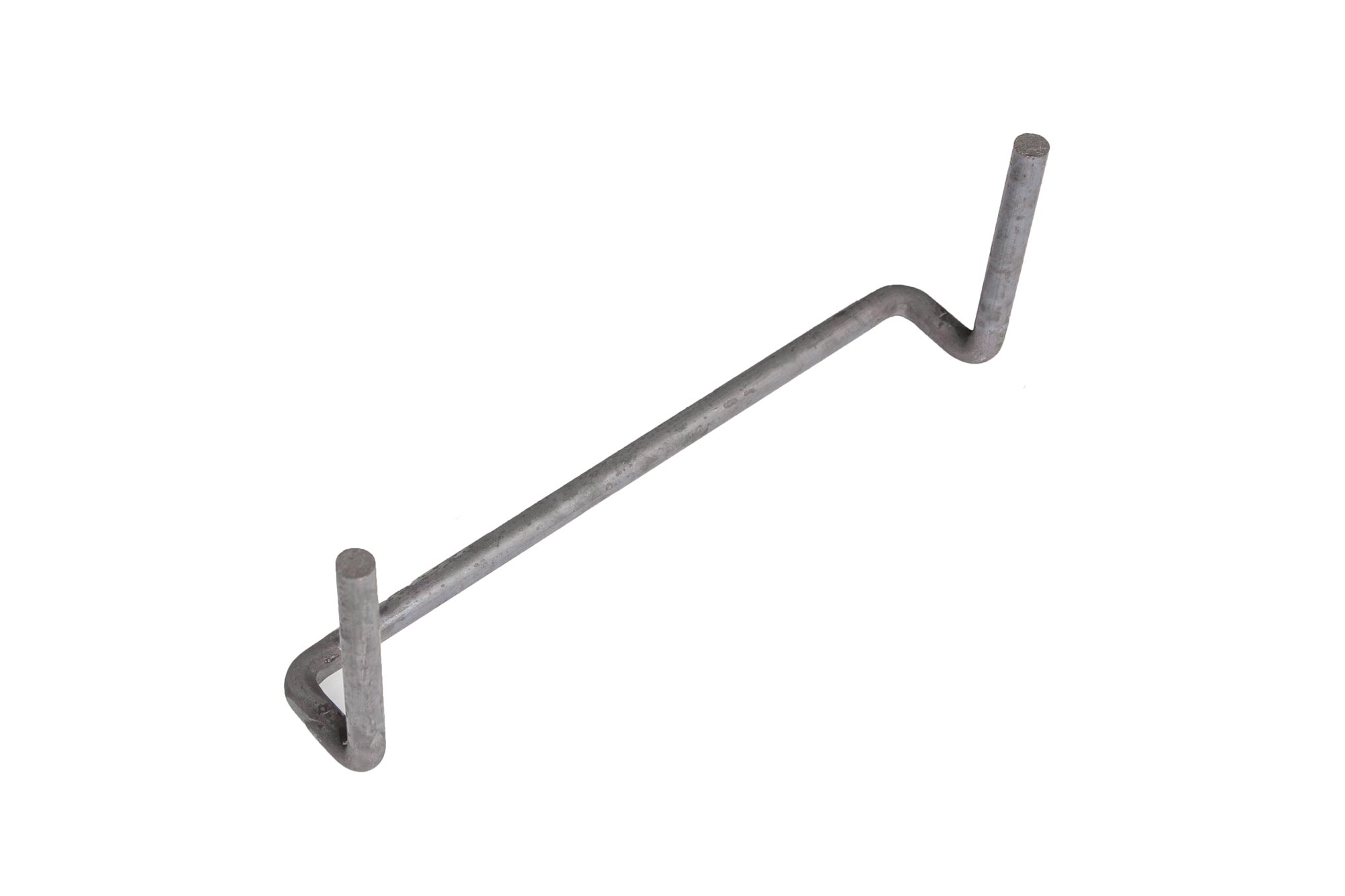
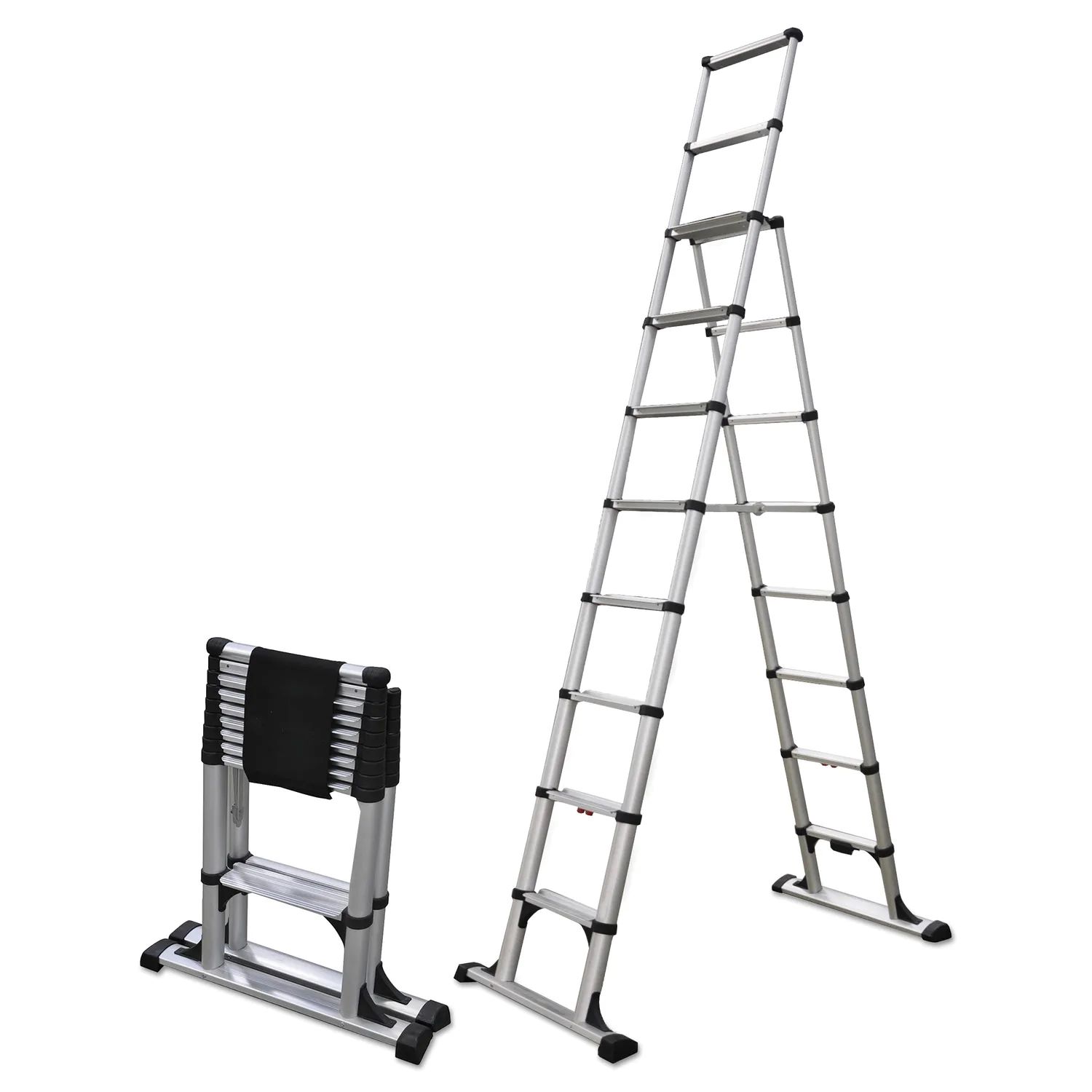
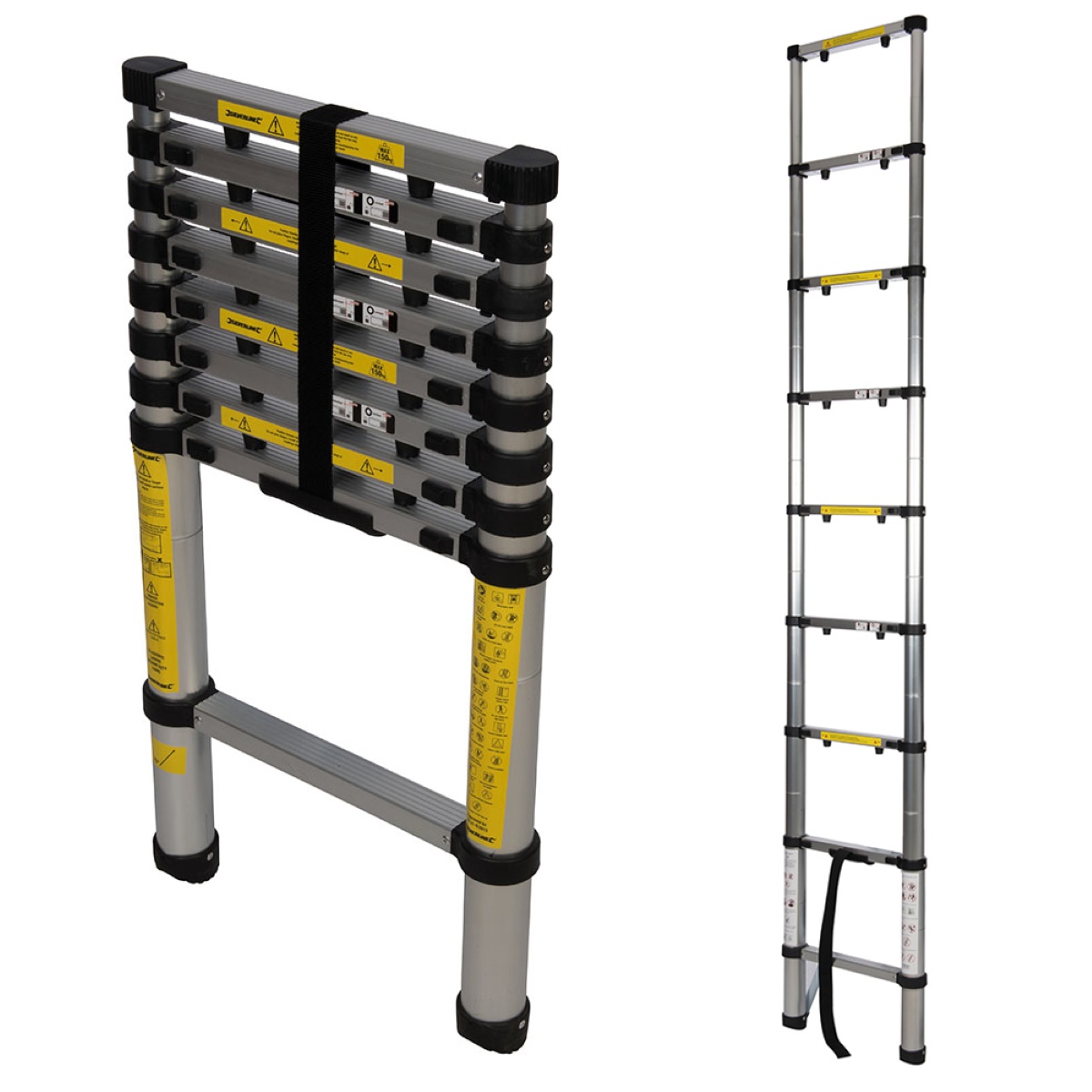
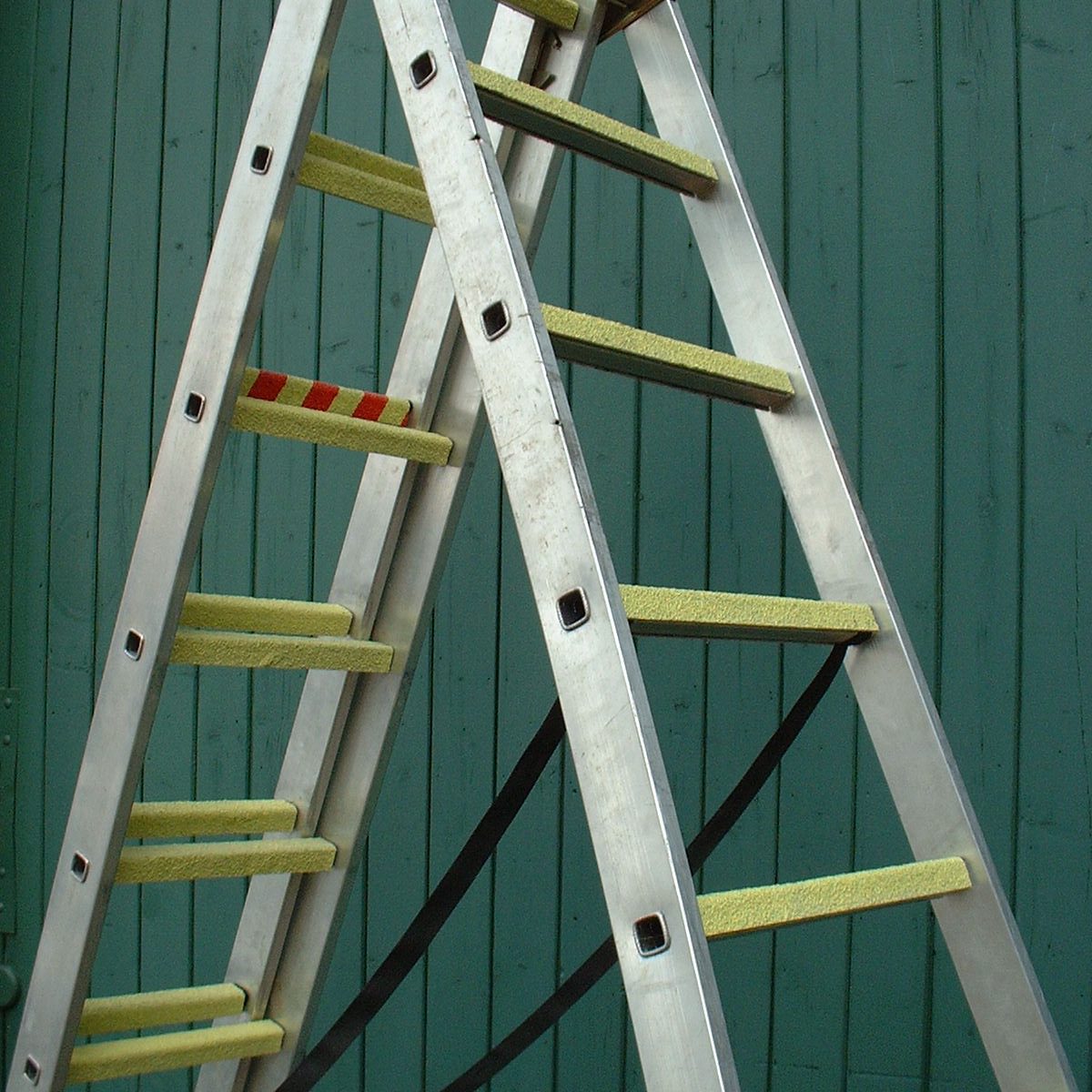
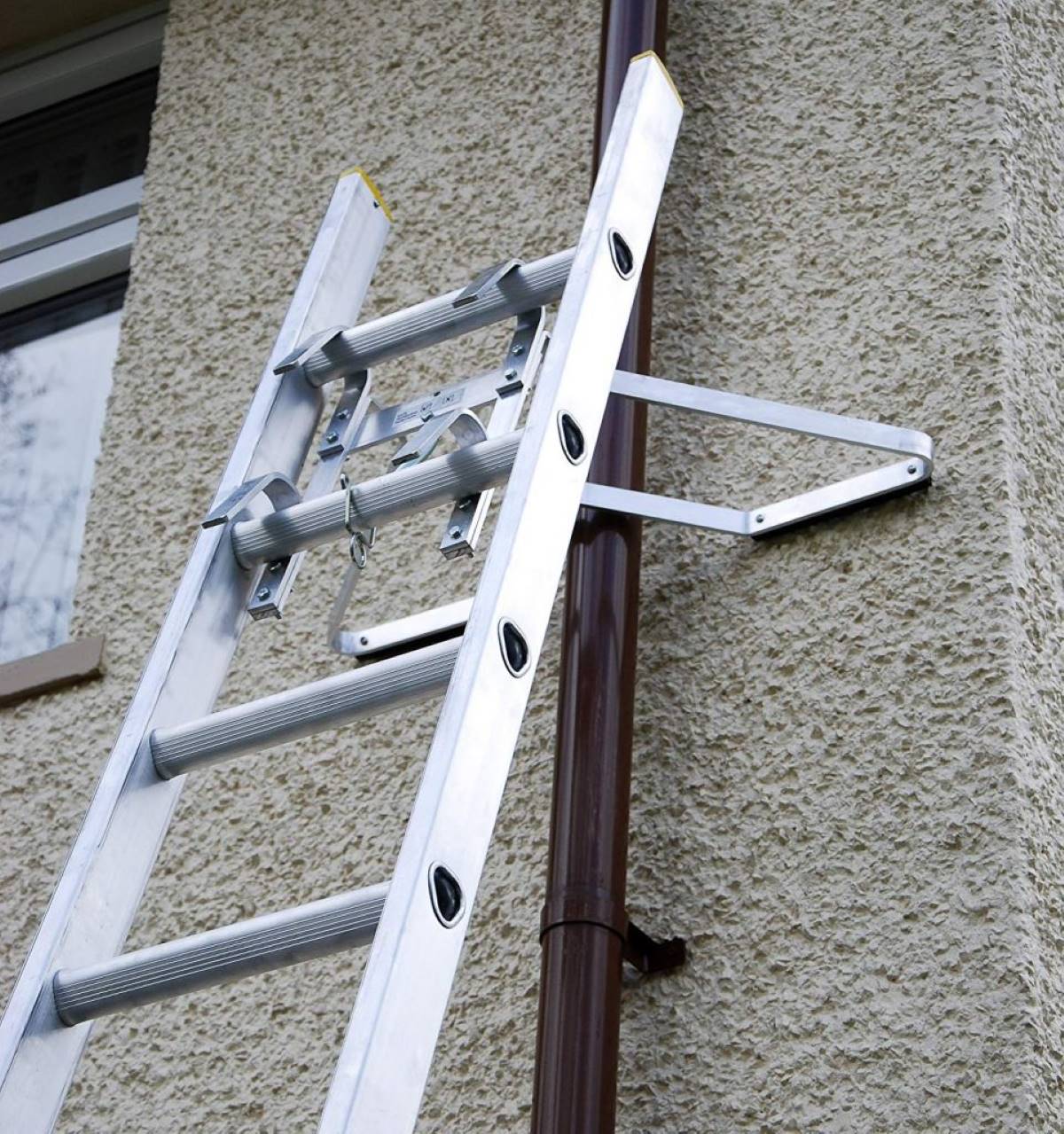

0 thoughts on “What Angle Should A Ladder Be At”